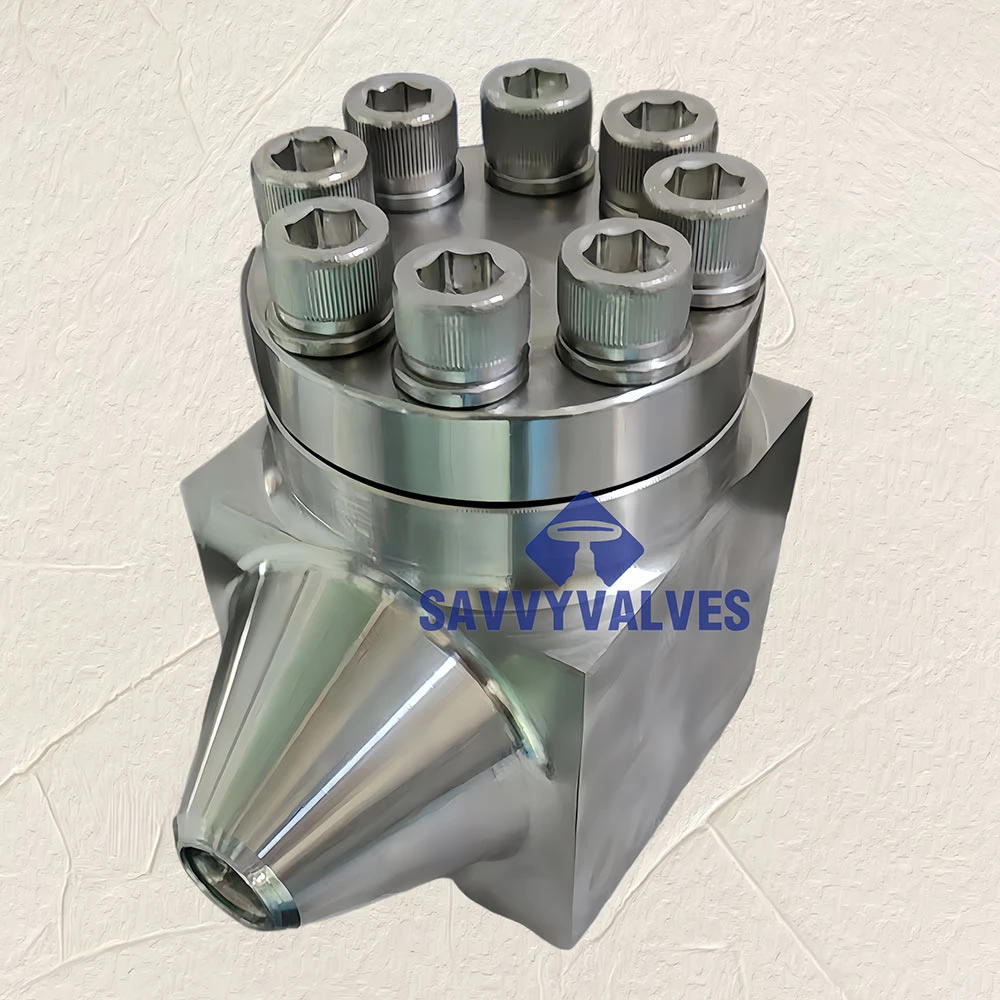Injap Kriogenik
-
SPESIFIKASI CONTOH
SAIZ: DN20
PENILAIAN: PN420
TAMAT: BW SEPERTI B16.25
SUHU: -196 ℃
BADAN DAN BONNET : ASTM A182 F304
PALAM: ASTM A182 F304+HF
SEAT: PCTFE ATAU HF METAL
PENGAKUAN: SPRING DIMUAT
Cryogenic valves are specially engineered valves designed to operate in extremely low temperatures, typically below -150°C (-238°F), often used in the storage and transport of liquefied gases like LNG, liquid nitrogen, oxygen, or helium. These valves are built with extended bonnets to isolate the stem and packing from the cold media, preventing frost build-up and maintaining seal integrity. The materials used in cryogenic valves are carefully selected to withstand thermal shock and maintain flexibility and durability at cryogenic temperatures—common materials include stainless steel and Monel. These valves are usually top-entry or bolted-bonnet types for easy maintenance and are often fire-tested and certified for leak-tight performance under cryogenic conditions. Their seats and seals are typically soft-seated (PTFE or similar) for bubble-tight shut-off, although some use metal-seated designs for severe applications. The primary function of cryogenic valves is to provide precise control and reliable shutoff of cryogenic liquids and gases, which are stored under high pressure at low temperatures. Their design must also accommodate pressure buildup during rapid vaporization, ensuring safe venting and flow control.
- 1
- 2

